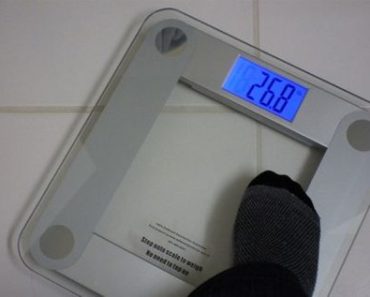Inhalation has long been recognized as a vital route for administering medications, particularly for respiratory conditions. This method ensures direct delivery to the lungs, offering rapid therapeutic effects and minimizing systemic side effects. With over a decade of experience in the field, I will discuss the significance of inhalation in drug delivery, the various types of inhalation devices, and the latest advancements in this domain.

The Importance of Inhalation in Drug Delivery
Inhalation as a route of drug delivery is especially crucial for treating respiratory diseases such as asthma, Chronic Obstructive Pulmonary Disease (COPD), and other conditions that affect the lungs. By delivering the medication directly to the site of action, inhalation allows for lower doses compared to systemic administration, thus reducing the risk of adverse effects.
Types of Inhalation Devices
Several types of inhalation devices are available, each with unique features suited to different patient needs:
- Metered Dose Inhalers (MDIs): MDIs are widely used for their portability and ease of use. They deliver a precise amount of medication in aerosol form, which is ideal for quick relief in acute situations.
- Dry Powder Inhalers (DPIs): DPIs release medication in a dry powder form and are breath-actuated. They are particularly effective for maintenance therapy in chronic conditions due to their ease of use and the breath-actuated delivery mechanism.
- Nebulizers: Nebulizers convert liquid medication into a fine mist, which can be inhaled through a mask or mouthpiece. They are especially beneficial for patients who have difficulty using MDIs or DPIs, such as young children, the elderly, or those with severe respiratory conditions.
Advancements in Inhalation Technology
The field of inhalation drug delivery has seen significant advancements aimed at improving drug efficacy, patient compliance, and overall treatment outcomes. Notable advancements include:
- Smart Inhalers: Smart inhalers are equipped with sensors and connectivity features that monitor usage patterns and provide real-time feedback. These devices help improve adherence to prescribed treatments by reminding patients to take their medication and tracking their usage.
- Combination Inhalers: These inhalers combine multiple medications in a single device, simplifying treatment regimens and improving patient adherence. They are particularly useful for managing chronic respiratory conditions, where multiple drugs are often required.
- Inhalable Biologics: The development of biologics that can be administered via inhalation has opened new avenues for treating respiratory diseases. These advanced therapies target specific pathways involved in disease progression, offering more personalized and effective treatment options.
Challenges and Future Directions
Despite the advancements, several challenges remain in the field of inhalation drug delivery. Ensuring proper inhaler technique is a significant issue, as incorrect usage can drastically reduce the effectiveness of treatment. Education and training for both patients and healthcare providers are essential to address this challenge.
Looking ahead, the future of inhalation drug delivery is promising. Ongoing research is focused on developing new drug formulations, improving device designs, and exploring novel therapeutic targets. The integration of digital health technologies is expected to play a crucial role in enhancing treatment outcomes and patient quality of life.
Conclusion
Inhalation is a critical route for drug delivery, offering rapid and effective treatment for respiratory conditions. With continuous advancements and a focus on patient-centered solutions, the field of inhalation drug delivery is poised for significant growth. For more information on inhalation and related technologies, visit the provided resource.





